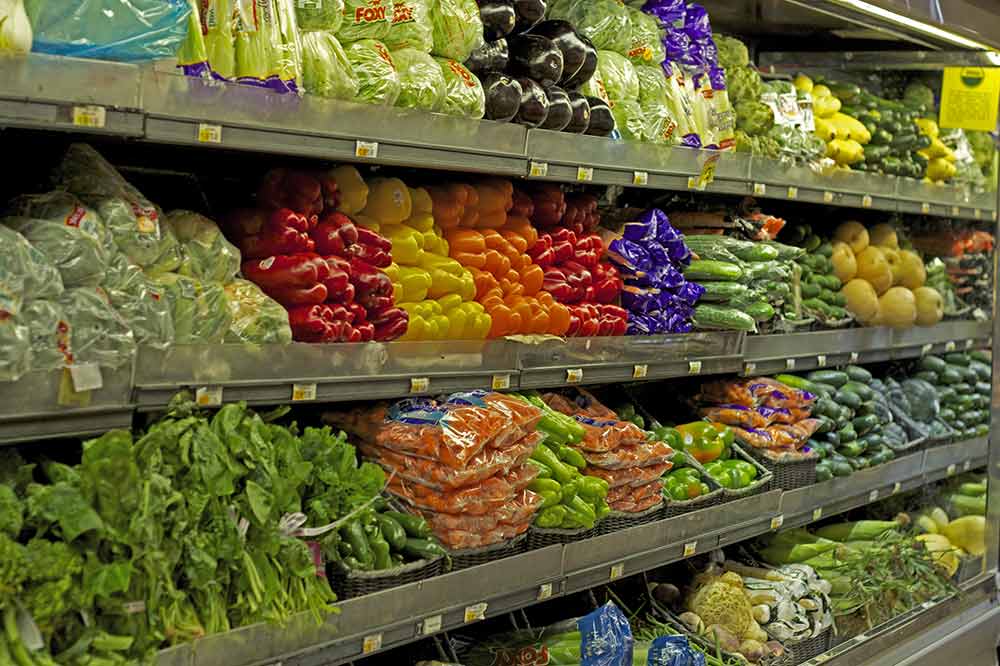
The Wholefoods Diet
Wholefoods are plant foods which have not been processed or refined (or as little as possible) prior to eating – think fruits, vegetables, legumes, grains, nuts and seeds. The term wholefoods tends to refer to a more plant-based diet with animal products, oils and salt being excluded.
Wholefoods are grown from seed without chemicals, sprays or insecticides and are as close to their natural form as possible, providing us with a natural alternative to the many ‘convenience’ food products now being offered in supermarkets.
Recent research shows that getting optimal nutrition from our food (and thereby optimal health) we should be eating wholefoods as our ancestors did about 100 years ago as these retain fibre, phytochemicals and nutrients that are often lost with highly processed and packaged foods.
Examples of phytochemicals include anthocyanins which give blueberries their deep colour or red coloured lycopene found in tomatoes. Wholefoods are as nature intended them to be – no added fats, sugars or salt and with all the fibre our body needs. Fibre aids our digestion and helps us to feel full faster. Eating wholefoods also help to fight heart disease and diabetes.
Here are 7 easy steps to eating the wholefoods way:
- Avoid foods which are low-fat, have ‘added’ vitamins and minerals, are refined or fractionalised. These types of foods are not natural for our bodies.
- Eat seasonally as this means fruit and vegetables will be fresh and not kept in cold storage for six months (not to mention the unfriendly environmental food miles for a Californian Cherry!)
- Include fruit and vegetables in every meal
- Don’t forget the beans! Legumes are a great source of plant protein, fibre and phytochemicals
- Choose products with 100% whole grains whenever possible. For example use wholewheat flour in baking instead of refined white flour.
- Avoid artificially coloured and flavoured energy or soft drinks. Try water, mineral water, herbal tea or make your own kombucha and kefir
- Eat fewer take away or processed foods as these are often loaded with trans fats, sugar, salt and preservatives.
Keep in mind that we are all individuals, so what will work for others may not work for you. If you don’t feel good after eating something, chances are it isn’t the right food for you! When it comes to wholefoods, it is not generally what the food IS, but HOW it is grown, processed and prepared that matters most.
